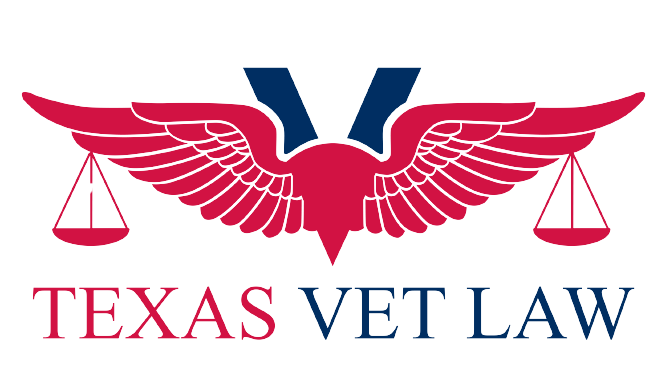APPEALS
I. Timeline of Appeals Reform:
The Veterans Appeals Improvement and Modernization Act of 2017 (Appeals Reform) had its roots in a collaborative effort involving the VA, Veterans Service Organizations, and Congressional Staff. With bipartisan support, it was signed into law on August 23, 2017. In November 2017, the VA initiated the Rapid Appeals Modernization Program (RAMP), a pilot program to test the new appeals system. Initially limited, RAMP was opened to all veterans with pending appeals in April 2018. RAMP underwent changes, allowing access to the Board lane in October 2018. The formal phasing out of RAMP coincided with the full implementation of Appeals Reform on February 19, 2019.
II. VA’s Motivation Behind Appeals Reform:
Appeals Reform, spearheaded by Texas Vet Law, aims to streamline the VA disability appeals process. Motivated by the need to simplify and expedite decisions, it provides veterans and their families with increased choice in handling disagreements with VA decisions. The overhaul is a response to the complexity and inefficiency of the previous system, unable to keep pace with increasing claims, contributing to a growing backlog.
III. Structure of Appeals Reform: 3 Lanes
Appeals Reform introduces three distinct lanes, each tailored to address specific aspects of the appeals process:
Higher-Level Review Lane:
Veterans opt for a higher-level review, conducted by a more experienced adjudicator at the Regional Office (RO). This lane does not permit additional evidence submission but focuses on a de novo review, potentially overturning prior decisions.
Supplemental Claim Lane:
Allowing the submission of new and relevant evidence, this lane places a duty on the VA to assist veterans in gathering supporting evidence. The effective date for claims is maintained, encouraging veterans to submit additional evidence within one year of the initial decision.
Notice of Disagreement Lane (i.e. Appeal to the Board):
Veterans appeal directly to the Board, bypassing the second level of RO review. Within this lane, there are further options: the direct docket, hearing docket, and evidence docket, each catering to veterans’ preferences and needs.
IV. Appeals Reform Deadlines and Available Lane Options:
Upon receiving an unfavorable decision on a VA disability claim, veterans must be mindful of the deadlines for filing an appeal under Appeals Reform. The following timeframes apply, with exceptions outlined below:
Initial Rating Decision: Veterans have one year to appeal by choosing one of three appeal lanes: the higher-level review lane, supplemental claim lane, or Notice of Disagreement (NOD) lane.
Supplemental Claim Rating Decision: Veterans also have one year to appeal by opting for one of the three aforementioned lanes.
Higher-Level Review Rating Decision: Veterans can appeal within one year by filing either a supplemental claim or a Notice of Disagreement.
Board Decision: Veterans can file a supplemental claim within one year or appeal to the Court of Appeals for Veterans Claims (CAVC) within 120 days.
CAVC Decision: Veterans can file a supplemental claim within one year or appeal to the Court of Appeals for the Federal Circuit within 60 days of judgment.
Failure to appeal within these deadlines results in the decision becoming final, causing veterans to lose their effective dates. Additionally, specific deadlines for submitting evidence at the Board level are established under Appeals Reform, offering veterans three options: the direct docket, hearing docket, and evidence docket.
Submitting evidence in the hearing docket: Veterans can submit additional evidence during their hearing or up to 90 days after.
Submitting evidence in the evidence docket: Veterans can submit additional evidence with their NOD or within 90 days following its submission.
While VA itself does not operate under mandated deadlines, Appeals Reform introduces goals for processing decisions. For both the supplemental and higher-level review lanes, VA aims to issue decisions within a 125-day timeframe. The direct docket within the Board lane has a 365-day goal. To keep veterans informed, VA plans to provide regular wait time predictions for the hearing and evidence dockets.
V. Switching Lanes Under Appeals Reform:
Appeals Reform prioritizes veterans’ choice in handling disagreements with VA decisions. At both the Regional Office and Board levels, claimants can change their chosen review option before a decision is issued. Lane withdrawals within one year of the original decision allow claimants to select a different option while preserving their effective date. After Appeals Reform’s full implementation on February
